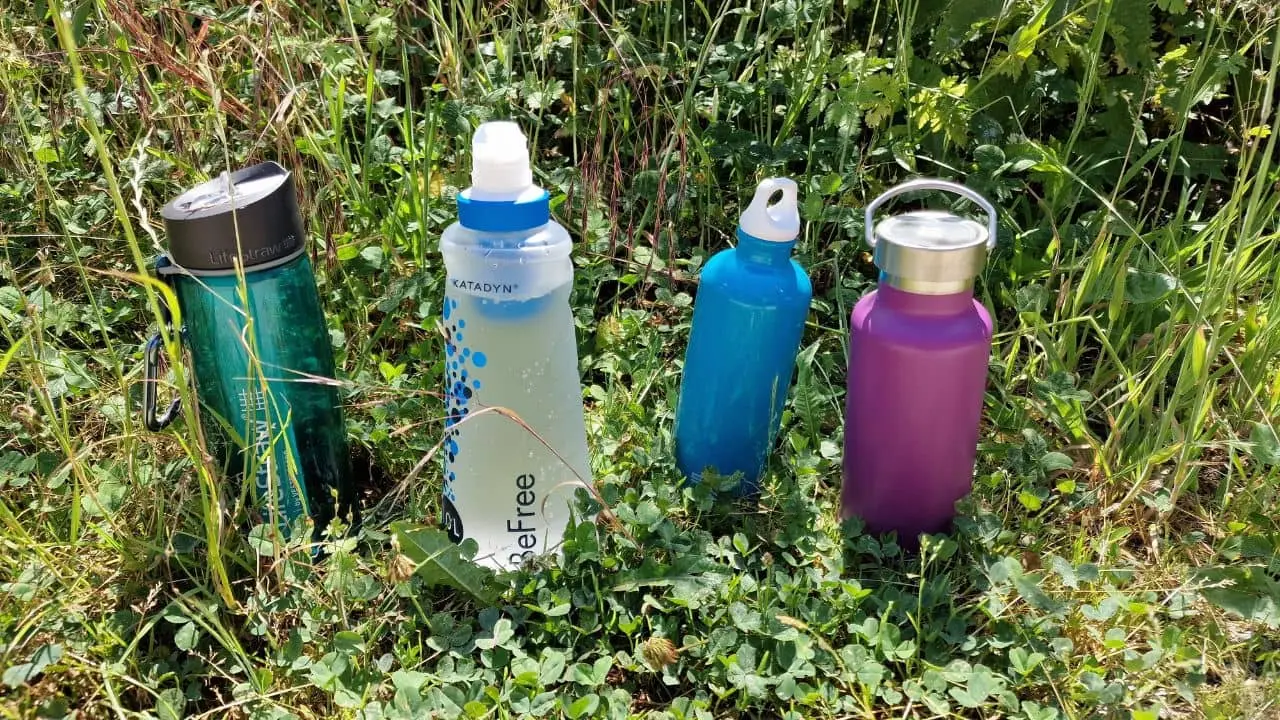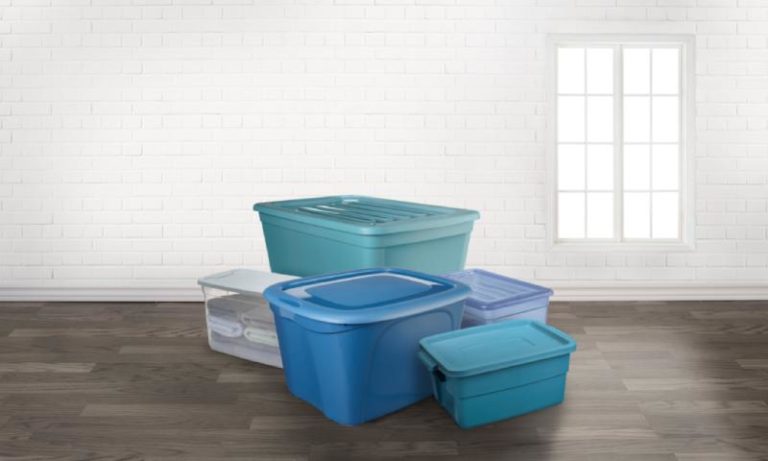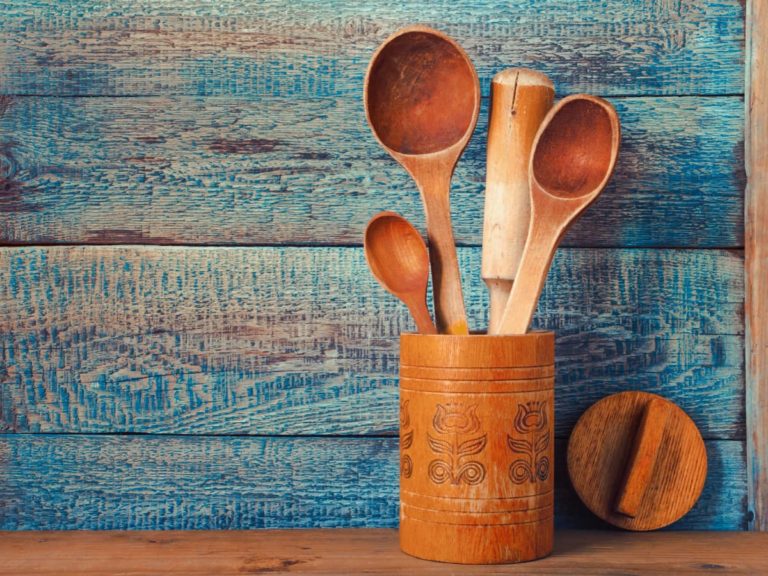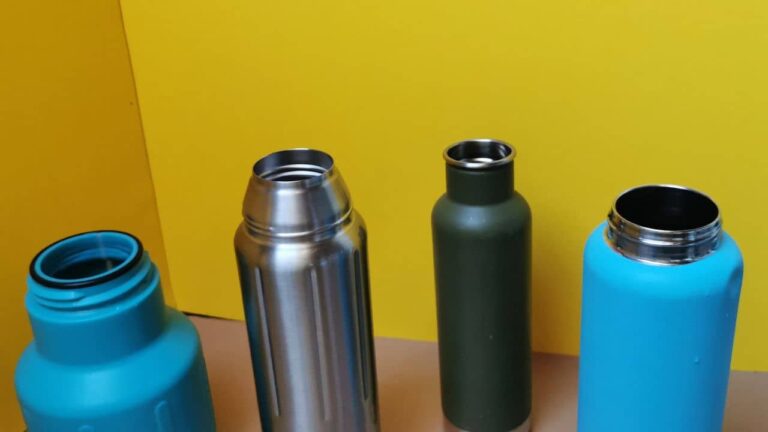Plastic or Metal Hiking Bottles: Which is Better?
When I’m out hiking, one companion that’s always with me is my trusty water bottle. But here’s a question that’s often puzzled me and possibly you too – Plastic or Metal Hiking Bottles: Which is better?
Plastic bottles tend to be lighter on both your backpack and wallet, while metal bottles champion in durability and keeping your drinks refreshingly cold. Ultimately, the decision swings on your personal preferences and specific needs.
But to assist you in making the ideal choice, allow me to guide you through the crucial criteria you should contemplate before setting off on your next hiking adventure.
Choosing the Right Hiking Water Bottle: Plastic vs. Metal

In this quest to quench our thirst efficiently during hikes, let’s delve deeper into the comparison between plastic and metal water bottles, shedding light on their unique strengths and possible drawbacks.
Plastic hiking bottles
When it comes to plastic hiking bottles, a commonly used type is Tritan plastic. Tritan is a robust and clear plastic type known for its durability and safety; it’s free from harmful chemicals like BPA, BPS, and phthalates.
Pros of plastic hiking bottles
- Lightweight: The most noticeable benefit of plastic bottles is their lightweight nature. For hikers conscious of every ounce in their backpacks, plastic bottles offer a less burdensome option.
- Affordability: Generally, plastic bottles tend to be more pocket-friendly compared to their metal counterparts. If you’re on a budget, they could be an economical choice for hydration on your hikes.
- Variety in Design: Plastic bottles come in a wide array of designs, colors, and sizes, making it easy for every hiker to find something that suits their style.
Cons of plastic hiking bottles
- Potential Health Concerns: Despite Tritan being a safer plastic option, concerns about chemicals leaching from plastic containers persist. Ensure your bottle is BPA-free and preferably free from other potential toxins as well.
- Environmental Impact: Plastic manufacturing and disposal pose significant environmental concerns. If you’re environmentally conscious, consider the lifecycle of the plastic bottle and its ultimate impact on the environment.
- Durability: While Tritan plastic bottles are relatively durable, they may not withstand harsh conditions as well as metal bottles. They’re prone to scratches, and dropping them on hard surfaces can cause cracks or leaks.
Ideal scenarios to use plastic hiking bottles
Plastic hiking bottles are a perfect choice for day hikes where the weight of your pack matters most. They’re also a good option for children due to their lightness and the variety of appealing designs available. If budget is a concern, plastic bottles provide an affordable yet effective solution for staying hydrated on the trail.
Good to know: It’s essential to remember that no matter what plastic bottle you opt for on your hike, avoid leaving it in direct sunlight for extended periods.
Metal hiking bottles
When we talk about metal hiking bottles, the two primary types you’ll encounter are stainless steel and aluminum.
Stainless Steel Bottles are highly robust and naturally free from chemicals like BPA. They’re resistant to developing odors or flavors from the liquids they hold.
Aluminum Bottles, while lighter than stainless steel, usually need an internal lining to prevent the metal from altering the taste of the water or causing potential health concerns. This lining is typically a BPA-free resin.
Pros of metal hiking bottles
- Durability: Metal bottles are designed to take a beating. Whether it’s a rocky tumble or a tough outdoor environment, they’re known to withstand harsh conditions.
- Temperature Retention: Metal bottles, particularly the insulated variety, excel at maintaining the temperature of your beverages. They can keep your water cold (or your tea hot) for many hours, which is ideal for extreme weather conditions.
- No Chemical Leaching: Both stainless steel and aluminum bottles (with a BPA-free lining) pose no risk of chemical leaching, making them a safe choice for your hydration needs.
Cons of metal hiking bottles
- Weight: Metal bottles, especially stainless steel, can be considerably heavier than plastic. This might be a crucial factor for hikers aiming to keep their packs light.
- Cost: Generally, metal bottles are pricier than plastic. The initial cost might be higher, but consider the longevity and durability that come with it.
- Possible Metallic Taste: Some people might notice a slight metallic taste, particularly with aluminum bottles. Opting for bottles with a quality internal lining can mitigate this.
Ideal scenarios to use metal hiking bottles
Metal bottles are excellent for longer, intense hikes or camping trips where durability and temperature retention are vital. If you’re planning to traverse harsh terrains or extreme weather conditions, the sturdy metal bottle could be your best bet.
For the eco-conscious hikers, metal bottles, with their longer lifespan, provide a more sustainable hydration solution.
Direct Comparison: Plastic vs. Metal Hiking Bottles
| Factor | Plastic Bottles | Metal Bottles |
|---|---|---|
| Cost | Generally more affordable and budget-friendly | Usually more expensive but offers long-term durability |
| Durability | Durable but may crack or leak if dropped on hard surfaces | Extremely durable, capable of withstanding tough conditions |
| Safety | Safe if free from harmful chemicals like BPA, BPS, and phthalates. Avoid leaving in sunlight for extended periods | Safe and free from chemical leaching. Aluminum bottles should have a BPA-free lining |
| Environmental Impact | Higher environmental impact due to manufacturing and disposal challenges | Lower environmental impact as they are reusable and last longer |
| Weight | Lightweight, suitable for hikes where pack weight is a concern | Heavier, especially stainless steel variants |
| Temperature Retention | Generally poor at maintaining temperature | Excellent, especially insulated metal bottles |
| Taste | No significant change in water taste | Potential for metallic taste, especially in aluminum bottles without a quality lining |
A visual guide to hiking bottle weight: tritan, pvc, aluminum, and stainless steel
Now let’s bring the scales into play! To give you a better grasp of the weight differences between Tritan, PVC, Aluminum, and Stainless Steel bottles with roughly the same capacity, check out the following images. Seeing is believing, right?
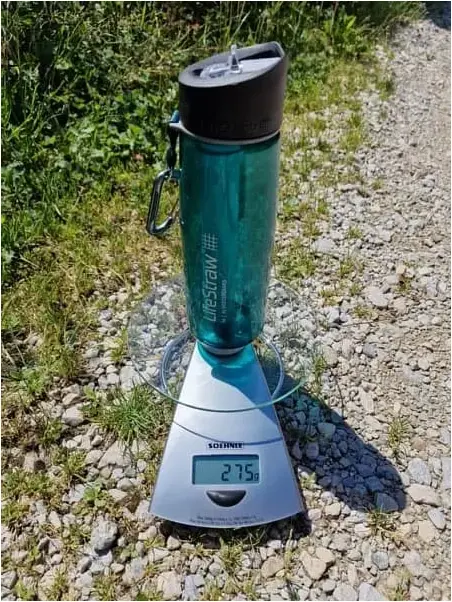

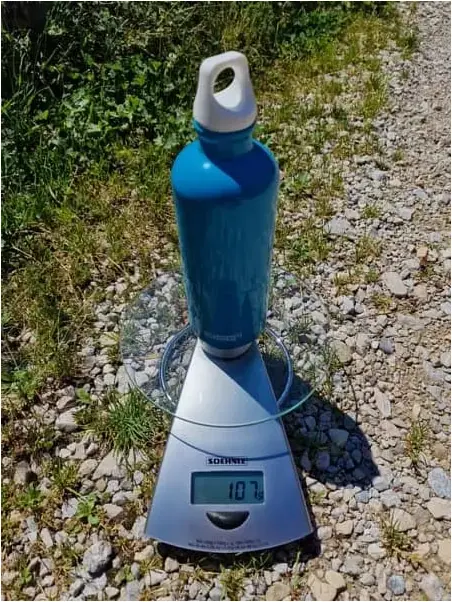
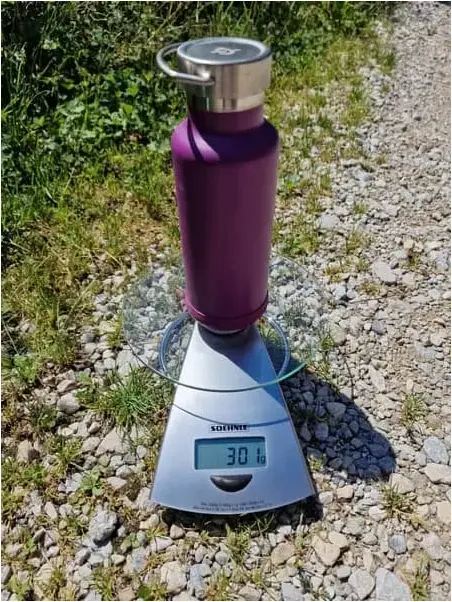
Factors to Consider When Choosing a Hiking Bottle
When it comes to picking the perfect hiking bottle, I always keep in mind that it’s not just about plastic or metal. It’s more of a personal journey that blends your unique needs with the specific nature of your hikes. Let’s take a deeper dive into what I mean:
1. Personal preferences
We all have our own quirks and preferences, don’t we? Here’s how they come into play:
Weight: Now, if you’re like me and prefer to travel light on your hikes, a feather-light plastic bottle might just be your best friend. But if you aren’t too fussed about a few extra ounces, then the ruggedness of a metal bottle could appeal to you.
Cost: On a tight budget? I’ve been there. In that case, plastic bottles tend to be easier on the pocket. But hey, if you don’t mind shelling out a bit more for something that can withstand the test of time, why not go for a metal bottle?
Taste: I personally find that aluminum water bottles can give a slight metallic taste, without it being really unpleasant. But if you’re sensitive to this, you might prefer a plastic bottle or a high-quality lined metal bottle.
2. Specific hiking conditions
Depending on where and when you’re hiking, your bottle needs might change:
Climate: Planning a hike in sweltering heat? You might want to reach for an insulated metal bottle – it’s like a mini fridge for your water! And if it’s cold out there, it will keep your beverages warm and toasty.
Duration and Difficulty: For those epic, challenging hikes, you’re going to need a bottle that can withstand a bit of rough and tumble – cue, metal bottles. But if it’s a leisurely stroll in the park, a plastic bottle should do just fine.
3. Health and environmental concerns
And finally, let’s not forget about our health and our planet:
Health Concerns: Whether it’s plastic or metal, just make sure it’s free from harmful stuff like BPA. Most bottles these days are, but it never hurts to double-check, right?
Environmental Impact: If you’re passionate about mother earth (like me), remember that metal bottles, with their longer lifespan, leave less of a footprint.
So there you have it – my guide to picking the best water bottle for hiking. It’s all about blending what you like, what you need, and what’s good for our health and the environment.
Final Thoughts
As we’ve journeyed through the pros and cons of both plastic and metal hiking bottles, it’s clear that the ideal choice really boils down to your personal needs, hiking conditions, and values. There’s no one-size-fits-all answer here.
Now, as for me, I’ve found my perfect balance using both an aluminum water bottle for its robustness and temperature retention, and a plastic LifeStraw bottle for its lightweight convenience.
The LifeStraw bottle’s water filtration feature gives me the freedom to fill up from just about any source, ensuring I’m never without hydration on the trail.
I encourage you to weigh up the factors we’ve discussed, take your time to consider your options, and make an informed decision that truly fits your hiking lifestyle.
Remember, the perfect hiking bottle isn’t just about quenching your thirst, but enhancing your overall hiking experience.
Here’s to your next great adventure!

